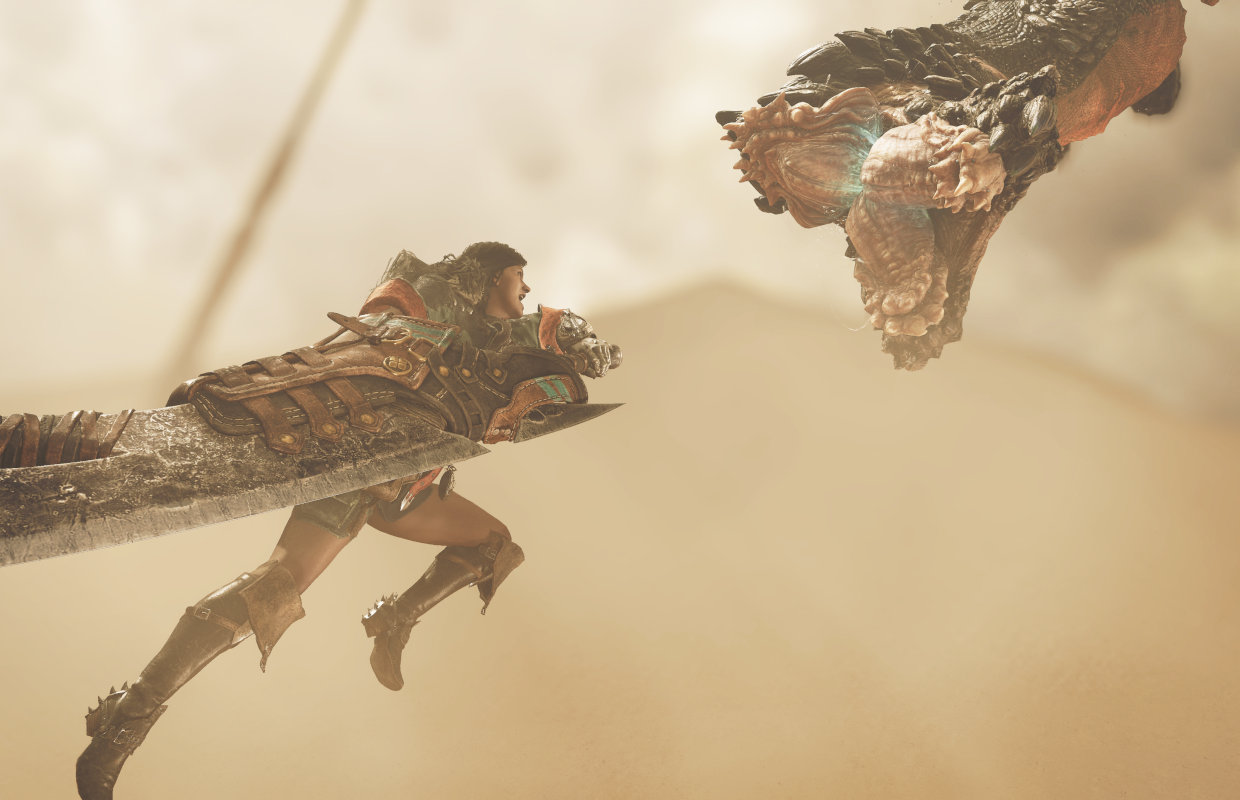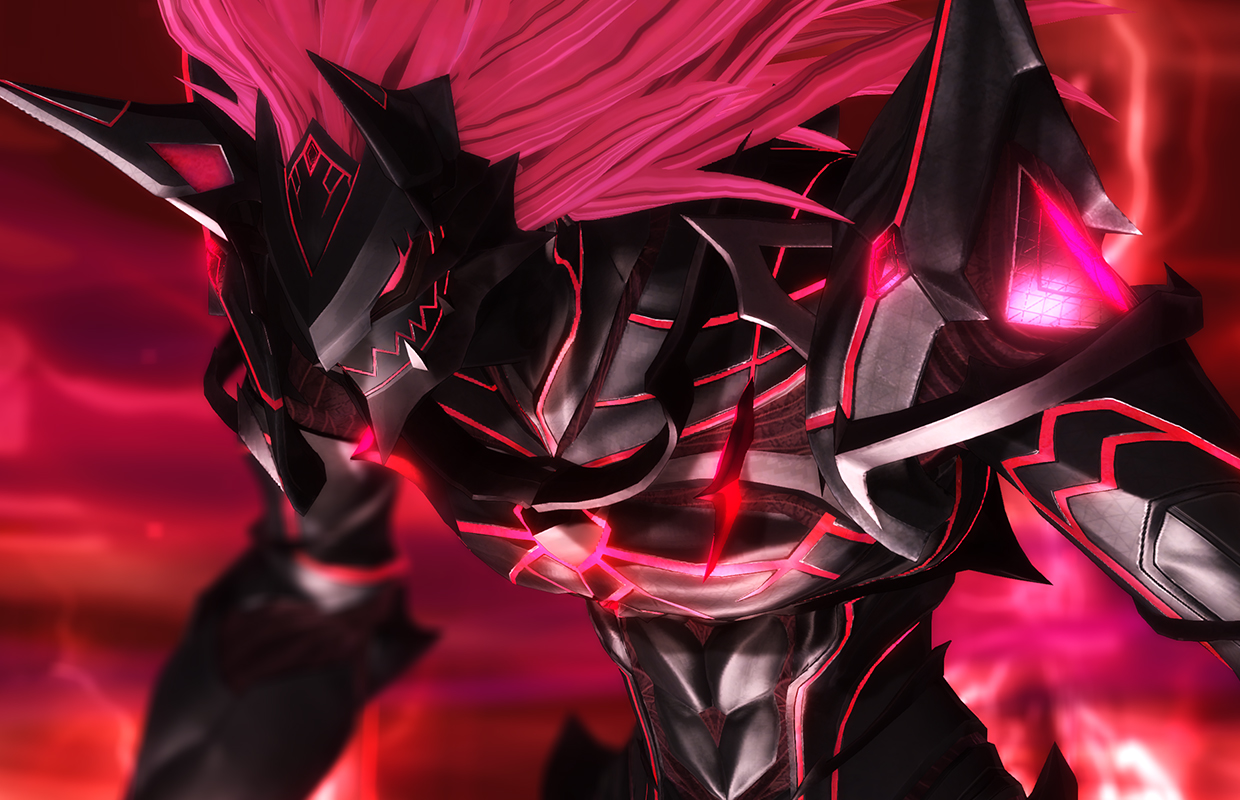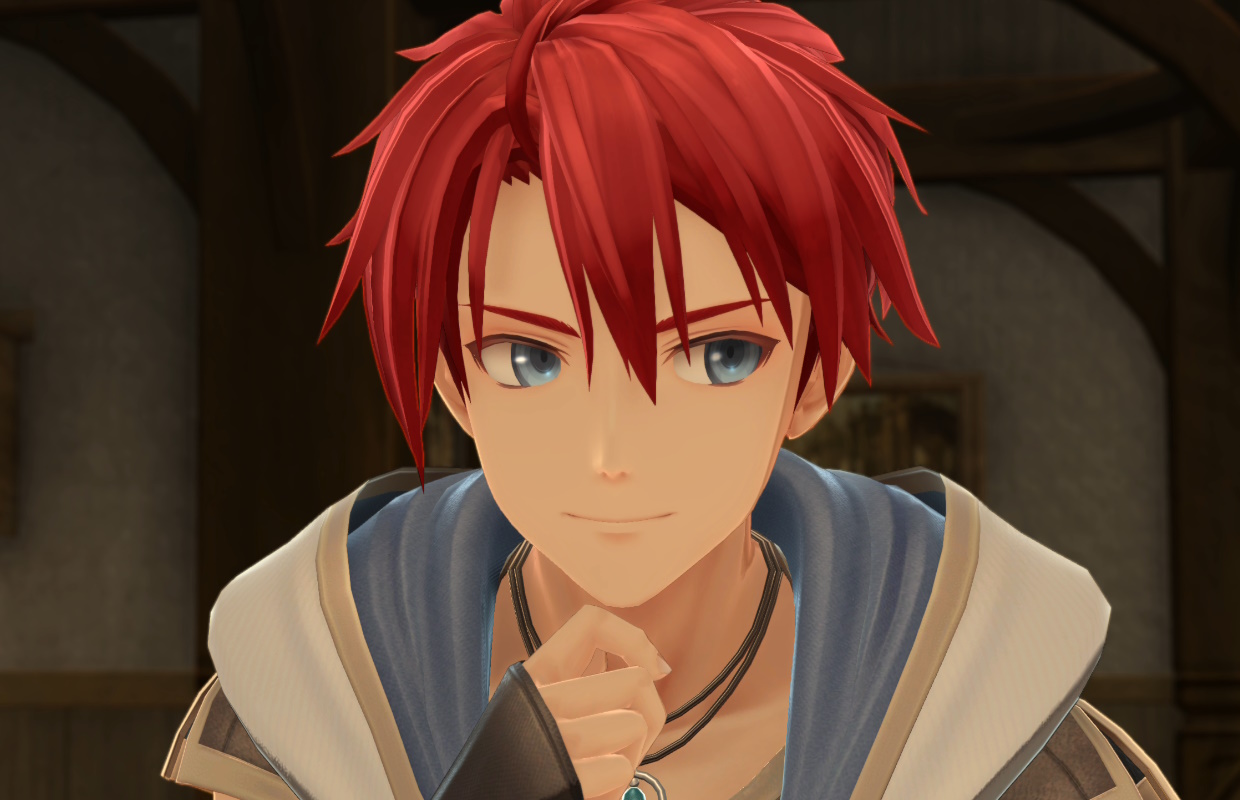I could have already told you with near certainty that Monster Hunter Wilds will end up being my most-played game in 2025, and if you’re at all familiar with my history there’s no surprise there. There’s just always been something about the gameplay loop of hunting monsters to get better equipment just to hunt even stronger monsters; especially once you find yourself in the classic feedback loop of wanting to hunt yet another monster first, crafting comically large chains of dominoes to the point you might even forget your goal in the first place. That core ideal of preparation and respecting your targets, to the degree that you might end up creating loadouts specific to your mark. I always think back to how I kept a Lance build around in Monster Hunter World for the sole purpose of hunting Diablos, and how that feels like quintessential Monster Hunter – at least to me.
Advertisement. Keep scrolling for more
Mainline Monster Hunters have always excelled at pushing the boundaries of the connection between the player, the world and the monsters that inhabit it; Monster Hunter Dos added the day and night modifiers in addition to the short-lived seasons system, broadening the conditions in which hunters might fight. Monster Hunter 4 unbound players from the earth, opening up far more vertical level design than had previously been seen from the series. Of course, Monster Hunter World emphasized the biomes themselves, and all that lived in them – an ecosystem in which players inserted themselves, rather than a flat game world in which they reigned supreme.
My first thoughts after sitting down to view a full hunt in Monster Hunter Wilds wasn’t so much about how the game clearly exists as an evolution of World’s ideas, oddly enough – but rather of a quaint fishing village from Monster Hunter Tri and 3U. I can’t help but see a trace of those games’ lineage, and it’s not just because we know that Wilds reintroduces the Leviathan skeleton type. Rather, it’s how some of the ideas from back then feel like they’re being re-explored, and potentially being fully realized now that hardware has caught up to that vision.
While players could head out on expeditions in Monster Hunter World, 3rd generation was the first time that players could simply walk out of a village and straight into the wilderness. It was an illuminating idea at the time, especially coming from Monster Hunter Freedom Unite on the PSP. Back then, preparations were far more of a chore – and considerably more necessary in-between hunts. Yet at the same time those same inconveniences helped ground you in the game world, and truly made you feel like you were encompassing the role of a self-sufficient hunter every time you returned to the farm and manually tended to your installations.
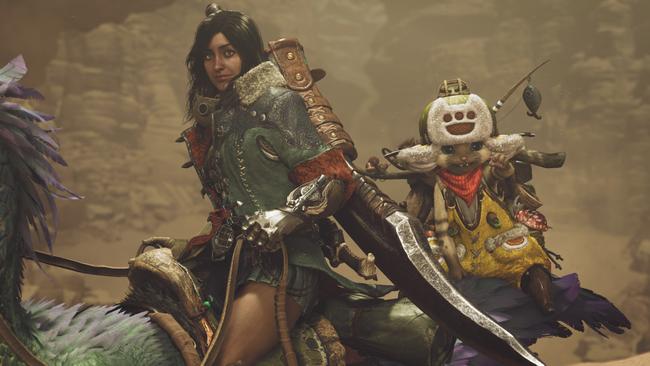
In many ways, what we were shown of Wilds strikes me as a return to those same ideals. While players can still travel to and fro from pre-established camps, with the new scope of the environments and weather effects – not to mention the greatly increased monster density – we were told that it’s possible that these encampments can be destroyed and may need to be rebuilt periodically. Players can now cook a meal wherever, but will have to supply the ingredients for the buffs they desire. Maybe you grab a specific type of cheese from the Cheesemonger before heading out the gates; it wouldn’t shock me if certain ingredients could only be found in the field, too.
For the first time in the series history, heading right out of the gates of a village into a hunt is seamless, with villages existing as part of their surrounding environments. In the lead up to a sandstorm, you might notice less NPCs out and about in town, as they bunker down for the storm; before our presentation, I wasn’t quite sure how Wilds was meant to evoke an extension of World as a subtitle, but I think I understand now what the team was going for. There’s a sort of chaotic beauty to the idea that the world itself is actively changing around you, and in turn you have to be ready to adapt and prepare for it.
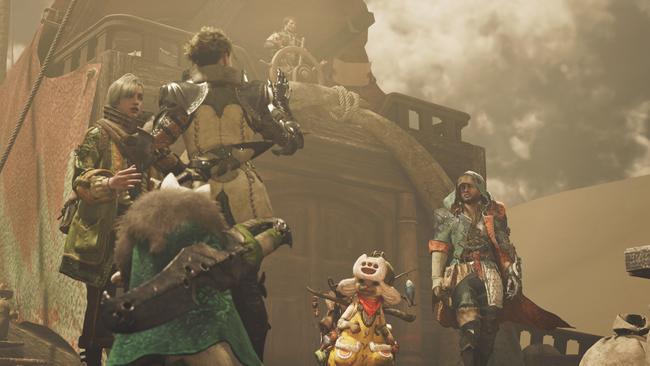
Advertisement. Keep scrolling for more
On that note, Monster Hunter Wilds is not open world; the maps are still large zones, though this time they’re billed to be about twice as large as those in World. My best comparison would be something akin to a Xenoblade zone mixed with Monster Hunter World’s biomes, considering how they too adapt and change over time – with stuff like weather effects having a particularly strong impact on the environment. We all saw the thunderstorms within the raging sands in the trailers, and some monsters especially will show up in those conditions; one of which I assume may well be the game’s flagship monster.
Some other changes I noticed while watching the gameplay demonstration were more subtle, and many of them were impossible to gauge with the context given. We already knew about Focus mode offering new abilities for weapons, but it’s also billed as a means of targeting a monster’s wounds – a system clearly derived from Iceborne’s clutch claw mechanics due to not just concept alone but even the same visual flourish on the damage numbers. From first glance it should have far less emphasis on monopolizing attention on a hunt, though of course I’m very curious to learn more in the weeks and months ahead about exactly how it works.
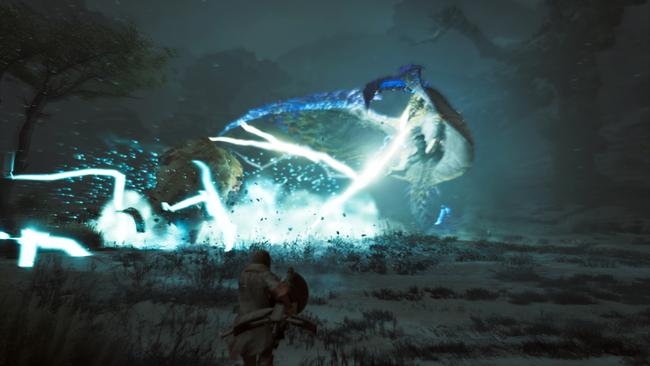
Similarly, endemic life has clearly made a return – and with this I must sadly report that everyone’s favorite baby Pukei-Pukei was actually an unrelated bird after closer inspection. I imagine players can still capture endemic life for their own personal use, though with the limited time and scope of the demo we weren’t able to verify any of that for sure outside of the obvious ones that tie into gameplay. Similarly, environmental reactions are still around, with a poor Doshaguma getting flattened by a frankly ridiculous amount of stalactites in our demonstration.
It feels like we’re finally reaching the point where the full scope of the game is starting to click; it was easy enough to understand what World was going for at reveal, but admittedly I’d been having trouble pinpointing exactly what Wilds was going for until now. I’m not sure how all of these changes will land for specific fans, but one thing I can say is this; Monster Hunter World is currently my favorite game of all time. I’ve dumped over a thousand hours into it, and haven’t regretted a single one. While it’s definitely too early to say anything definitive, especially without having had a chance to properly play it for myself – I wouldn’t be shocked if that ranking shifts next year. We’ll see how things shake out in the full release, when it launches sometime in 2025 on PlayStation 5, Xbox Series X|S and PC (Steam).

